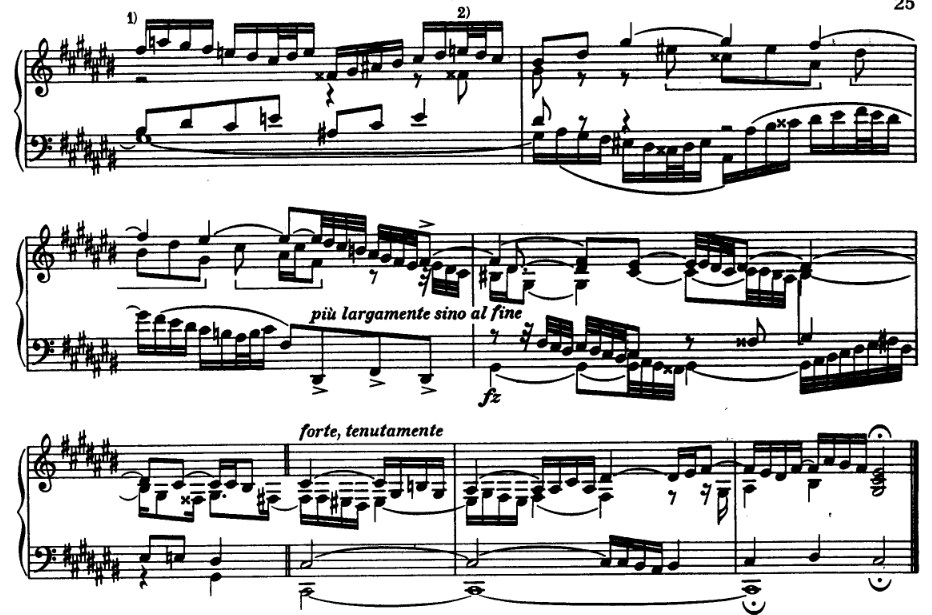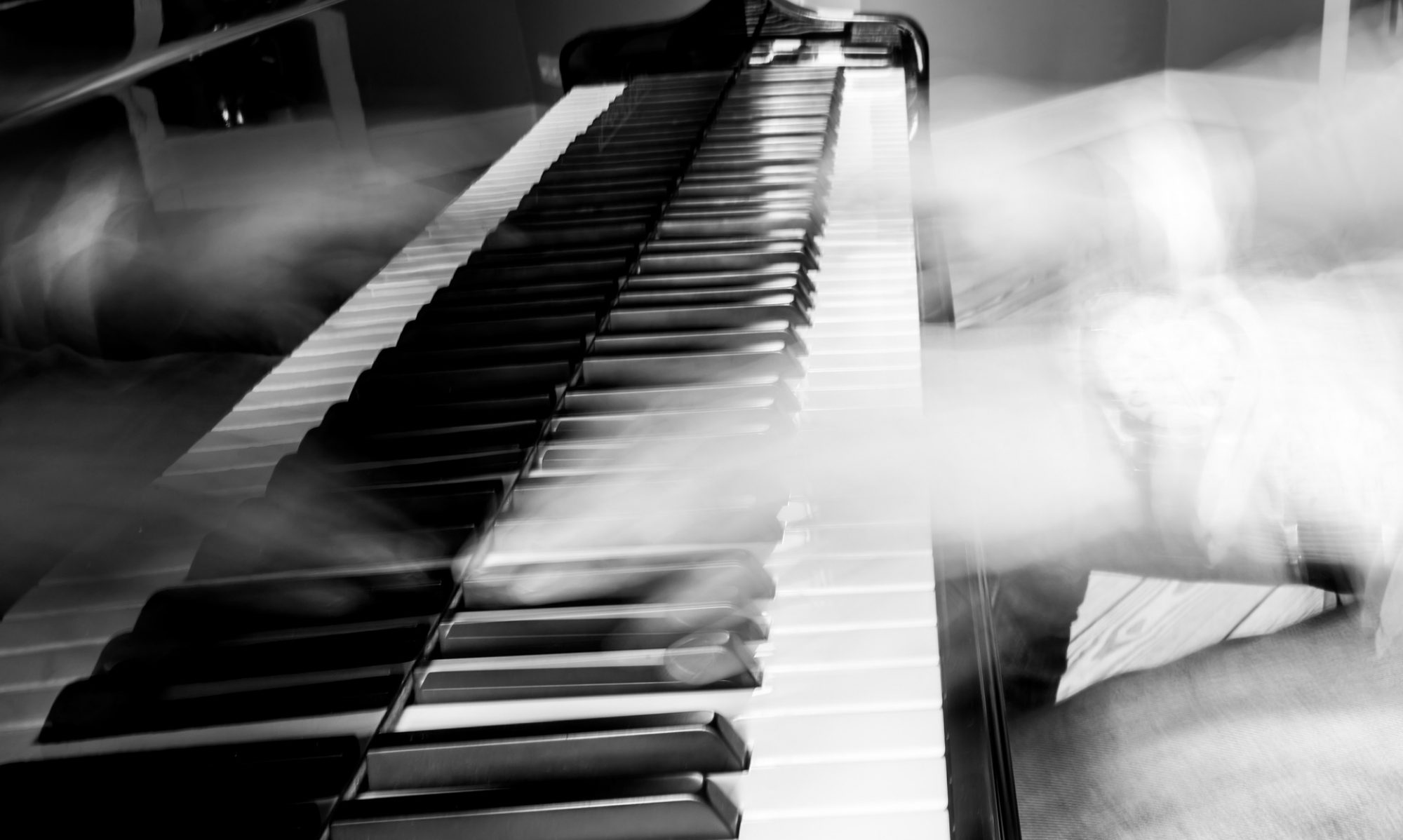In my very first post about recordings of the Well-Tempered Clavier, I stated reasons for my avoidance of one particular specialist of the work. I find myself now writing about that very specialist, Glenn Gould.
Like my process of learning the C Major Prelude, I surveyed the same three albums (Schiff, Tureck, and Papastefanou) for my study of Fugue No. 3 in Book 2. There are a couple of very specific elements of these pianists’ recordings that I love: Papastefanou’s cadenza-like close to the rhythmic build-up of the fugue, Tureck’s consistently nimble articulation throughout. In contrast, Gould’s rendition was off-putting: excessively slow, pedantic, still in its practice-stage. As heard in the video below, his articulations are inconsistent, differing from one phrase to the next.
Before I explain my change of heart, I should mention that I find this fugue among the most difficult for several reasons. First, the rests in the theme make it difficult to distinguish the intent of certain pitches––sometimes they seem meant to provide harmonic structure, other times they’re meant more literally as melody. Second, the overlapping of voices after the first three pitches, and the inverted countervoice in measure two, make it difficult to “stretch” your listening to hear the theme as inclusive of the somewhat-buried sixteenth notes. Third, the rhythmic build-up (eighths turn to sixteenths, which turn to thirtyseconds in the final page) implicates the tempo; start the movement too quickly and you’ll inevitably end up with a fast-rolling snowball. A slower tempo also plays into the difficulty of especially “stretched” listening.

It’s the embrace of the third difficulty that makes Gould’s recording striking. His final lines, in the compounding of the thirtysecond-note motive and in a slower stacking-up of thematic entrances (such as those beginning around 2:15 in the above video), give the entire build-up a sense of payoff that I don’t personally feel when the tempo is too quick. Papastefanou’s recording finds a way around this problem by creating cathartic, cadenza-like flourishes out of the running thirtyseconds in the penultimate line. Schiff accentuates the gravitas of the thematic entrance in the bass voice during the same line, which is also a work-around. Gould, in contrast, makes the working-out of thematic and motivic material the musical highlight, so much so that the running lines (ornament-like, the fastest rhythmic material of the piece) actually seem to act as a denouement to the movement.

Tempo-wise, craftsman Gould began with the end in mind; artist Gould allowed the compounding development of motives to be the apex of the movement’s essence (arguably the musical intention of every fugue). It’s in the careful synthesis of the two that makes his interpretation most compelling.
